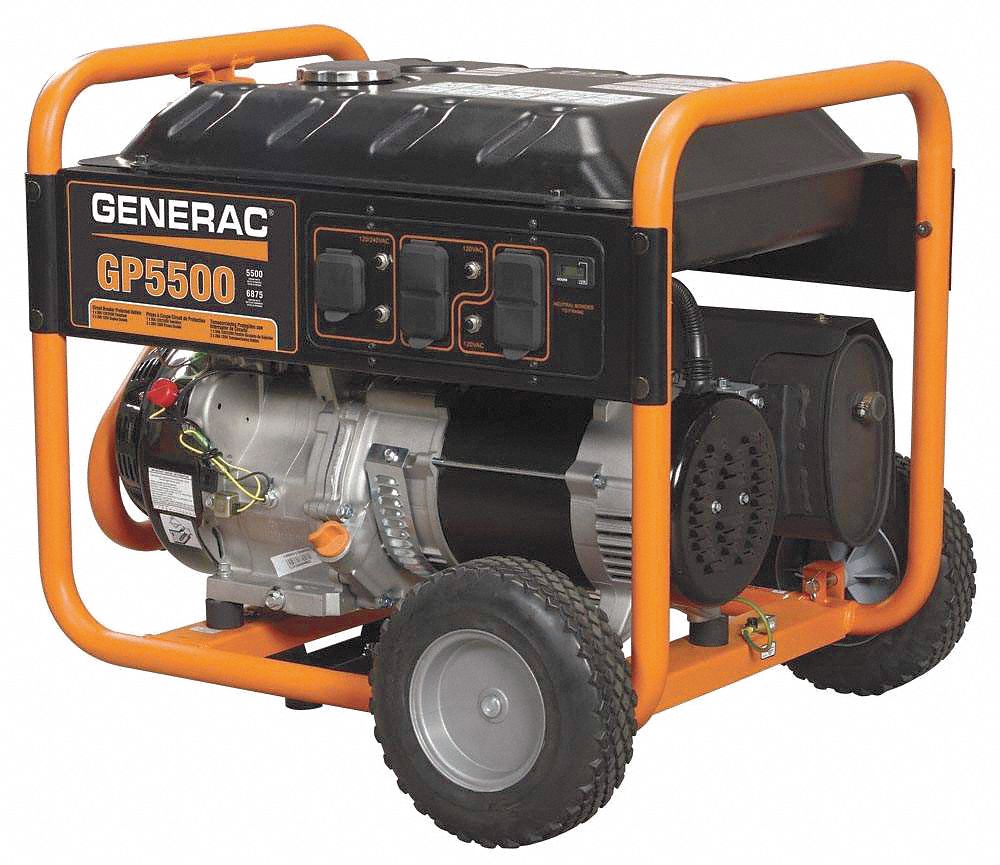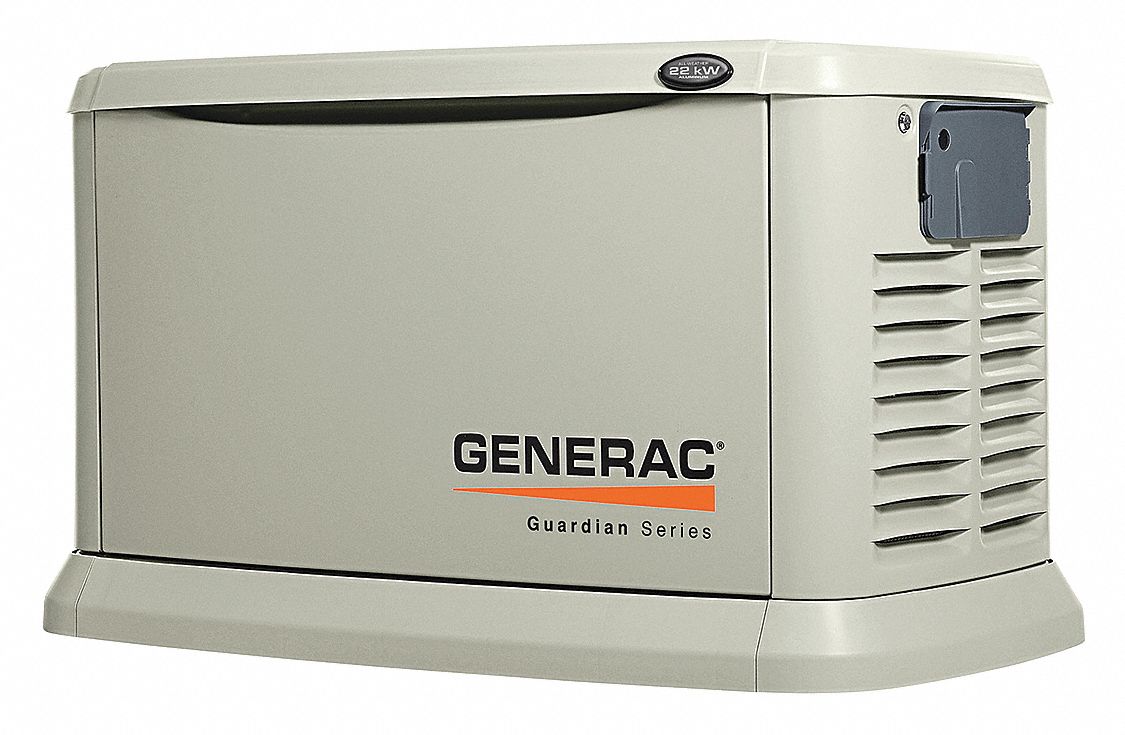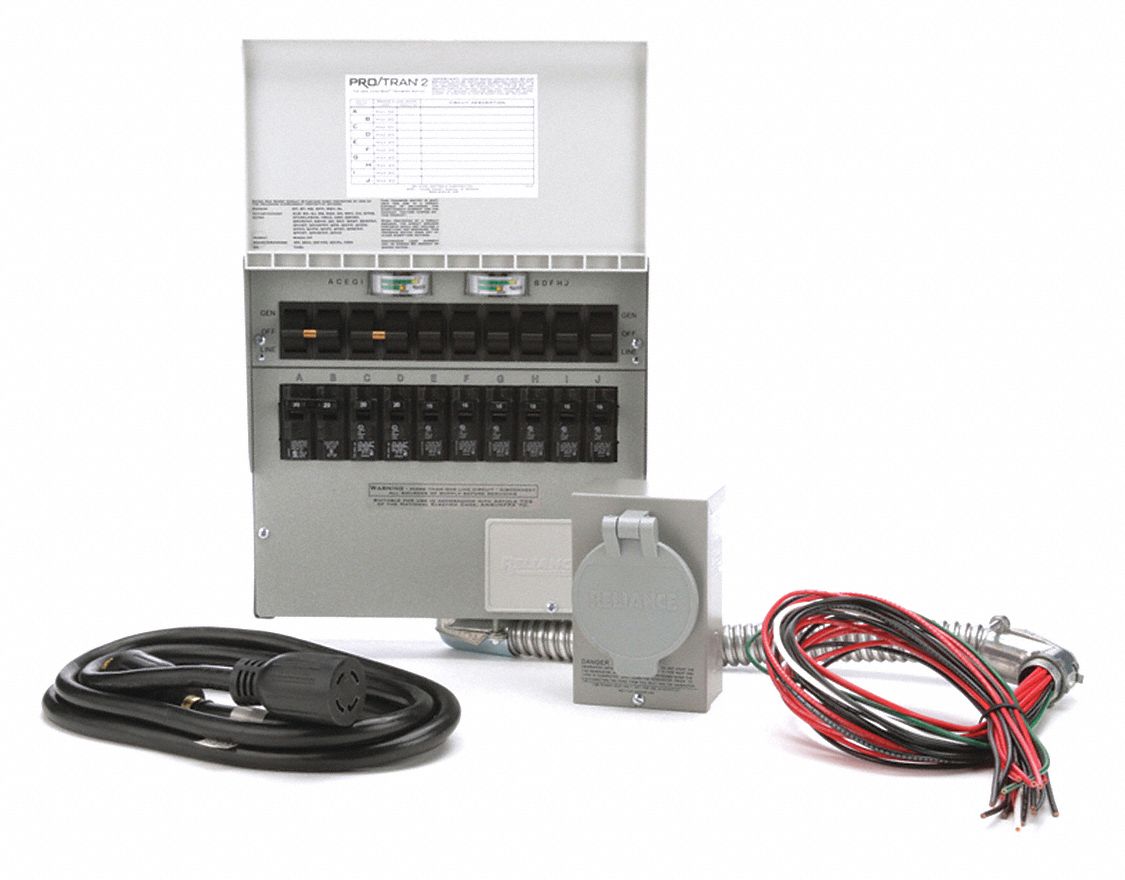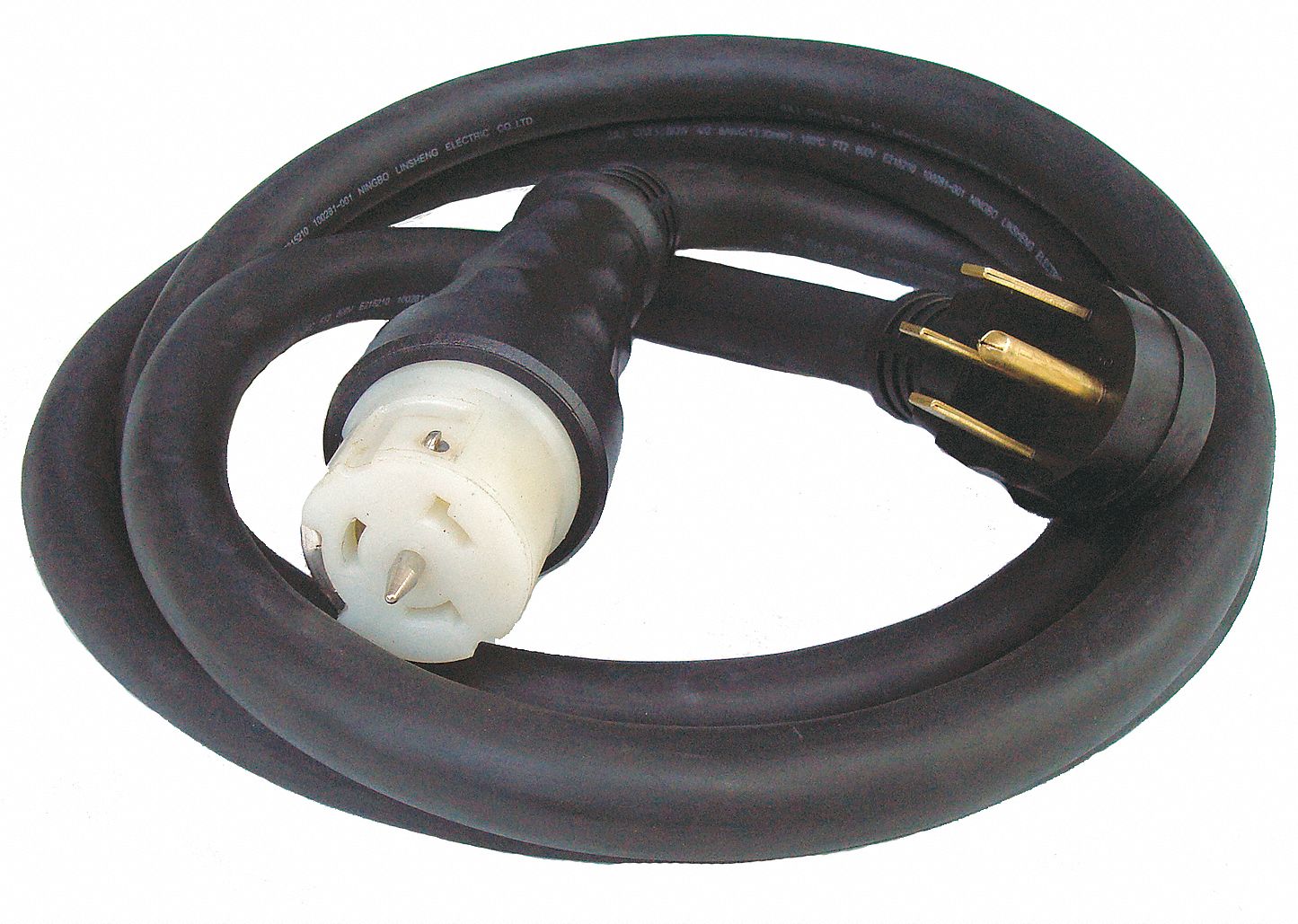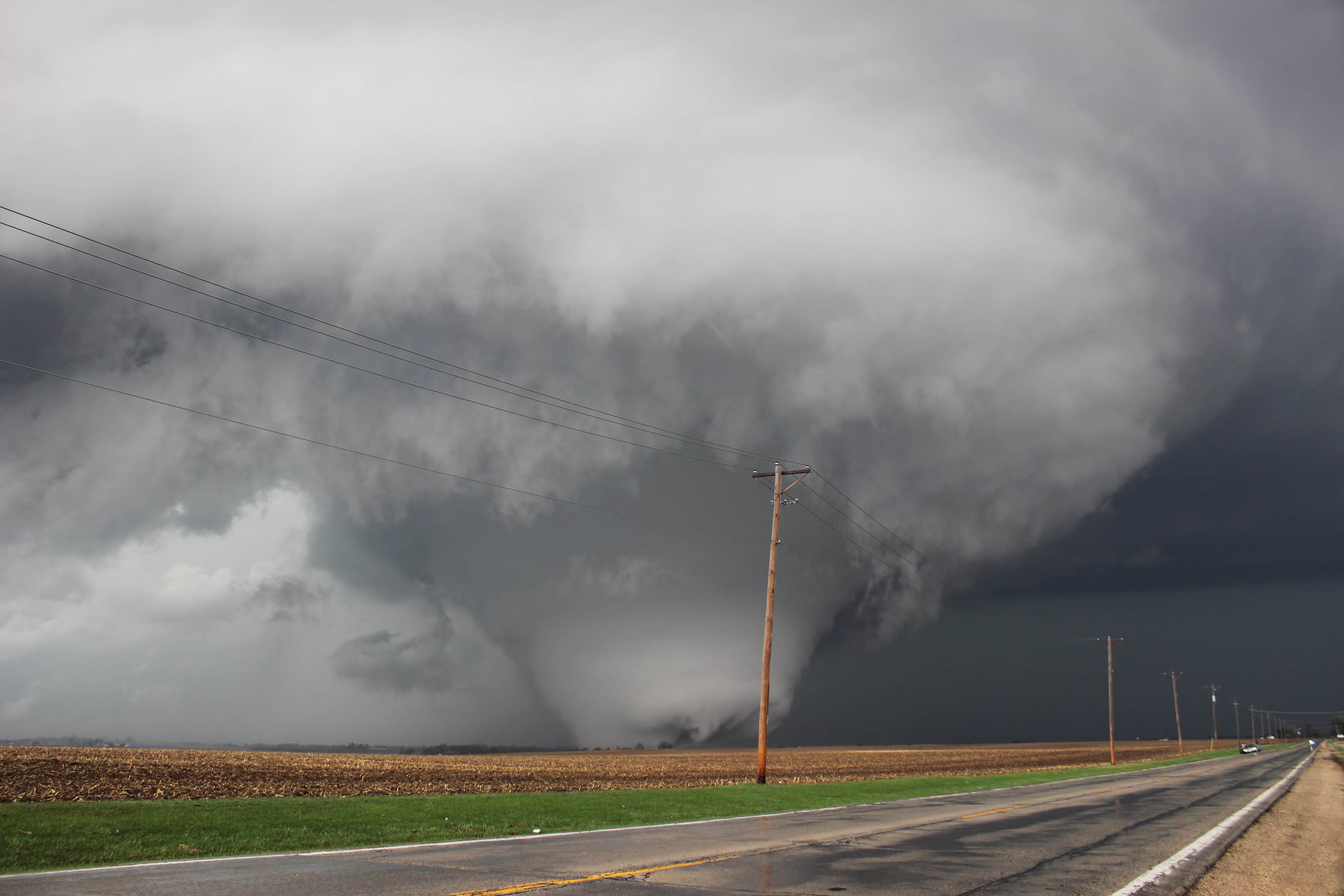

Tornado Preparedness Plan for Businesses
By Grainger Editorial Staff 3/29/21


While tornadoes can happen in any month, April, May and June are considered tornado season in the U.S.—the peak time when the weather is changing and cold air mixes with warm air. Tornadoes can strike quickly and with little warning, leaving little time for preparing your business. According to the National Severe Storm Laboratory (NSSL), they can even appear transparent until a funnel of water, dust and debris is created.
Tornado preparation comes down to having a plan for your business, your employees and your property.
How to Prepare Your Business for a Tornado
According to the Centers for Disease Control and Prevention (CDC), businesses in regions vulnerable to tornadoes should prepare an emergency plan detailing tactics to preserve life and property. Your business's emergency tornado planning should include information on emergency supplies, shelter, evacuation plans and procedures.
The Federal Emergency Management Agency (FEMA) advises businesses to establish a secure location within the facility that conforms to ICC500 storm shelter criteria for employees to gather to wait out the storm. The space should be able to accommodate the entire workforce, as well as customers.
Appoint one person to be in charge when a tornado strikes, and two other people to fill in just in case the person is not in the facility that day. Ensure your plans and routes account for all employee and customer accessibility needs.
Consider what emergency supplies should be kept in inventory, including battery-powered weather radios to listen for emergency updates, first aid kits, emergency shelter signage and a portable generator or backup power system.
Review emergency plans with your employees every spring to ensure tornado preparation is top of mind. Practicing emergency drills helps ensure an orderly response to an approaching storm.
What to Do During a Tornado
Know the difference between a tornado warning issued by the local National Weather Service, which indicates a tornado has been detected and action should be taken immediately, and a tornado watch, which means that that the potential exists for the development of a tornado.
On average, tornado warnings are issued 13 minutes prior to the event, according to the National Oceanic and Atmospheric Administration (NOAA), so it's important to give your business a head start by preparing and staying alert when a tornado watch is issued. Stay tuned to your local weather station to receive continuous updates. As soon as notification has been given that a tornado could strike, follow your tornado emergency plan for safe sheltering.
If a safe space has not been designated, occupants should seek out rooms without windows on the lowest levels of the building. Bathrooms, interior halls and closets are good choices according to the NOAA.
There is always the chance of injury, even with the best of plans. The Occupational Safety and Health Administration (OSHA) requires that there be trained first-aid providers at all workplaces, regardless of size, if there is no infirmary, clinic or hospital nearby to assist with injured employees.
Ensuring Business Continuity After a Tornado
Establishing a business continuity plan can also help your business recover from potential property and income losses after a tornado. Your plan should also include a disaster recovery plan for information technology (IT) that includes strategies to back up data and electronic information restoration.
Be prepared for an emergency by using this guide to help you develop business continuity and disaster recovery plans.
The information contained in this article is intended for general information purposes only and is based on information available as of the initial date of publication. No representation is made that the information or references are complete or remain current. This article is not a substitute for review of current applicable government regulations, industry standards, or other standards specific to your business and/or activities and should not be construed as legal advice or opinion. Readers with specific questions should refer to the applicable standards or consult with an attorney.

